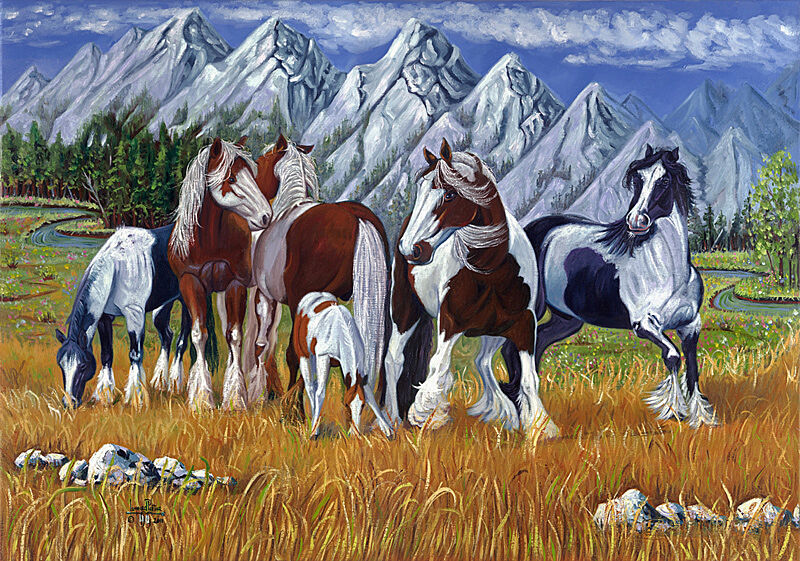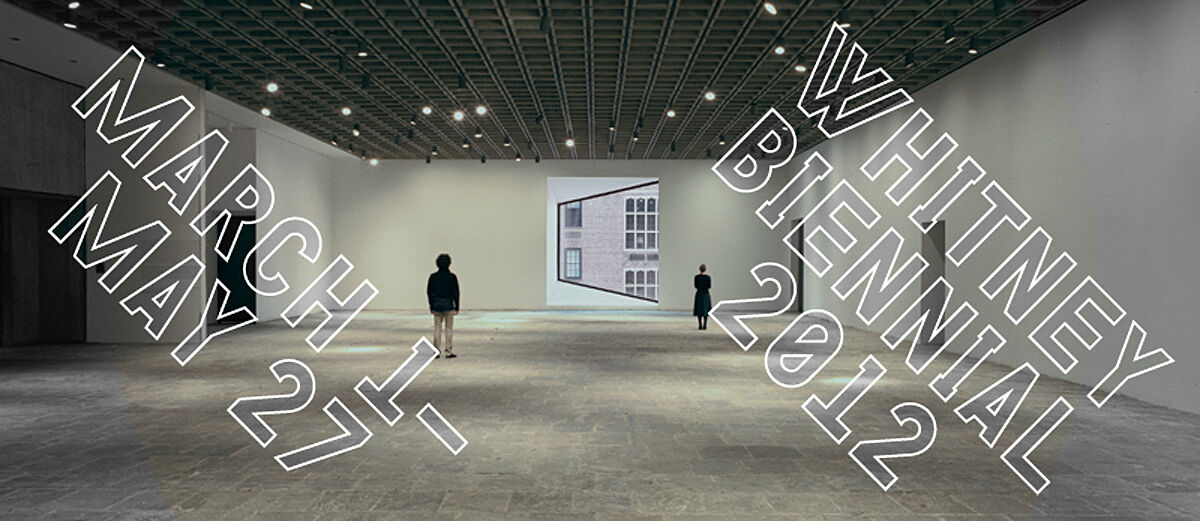Joanna Malinowska
Joanna Malinowska: Fieldwork
Born 1972 in Gdynia, Poland
Lives and Works in New York
Joanna Malinowska’s work often functions at the intersection of her interests in anthropology and art history. Her sculpture From the Canyons to the Stars, which is made from replicas of the tusks of walruses and mammoths native to the Arctic region, is formally inspired by Marcel Duchamp’s iconic Bottle Rack (1914), a found object, or readymade, that the artist presented as art. Malinowska’s tusks also recall totems of an indigenous cultural ritual, while the reference to Duchamp likewise functions as a totem of sorts—albeit to the culture of Western modern art. For the artist, neither reference is privileged. By illuminating similarities between ostensibly different cultures, she seeks to create a bridge between them rather than set them apart. Malinowska also explores the idea of collective consciousness—when similar ideas arise in various parts of the world without direct interaction or influence—in her work. From the Canyons to the Stars enacts a fantasy of Arctic peoples creating a sculpture that unknowingly echoes both everyday Western life and art. Nearby, in This Project is not Going to Stop the War./Journey to the Beginning of Time, a television set plays a video in which the artist, after preparing chicha de yucca—a fermented, homemade elixir used in South American cultural rituals—has visions of twentieth-century German artists Hugo Ball and Joseph Beuys enacting similar juxtapositions of art and indigenous cultures.
In addition to these two sculptures, Malinowska has built a small wall on which she has hung a painting by the imprisoned American Indian Movement activist Leonard Peltier, which she has “smuggled” into the exhibition as an intervention. As a Polish-born artist, Malinowska is questioning both her inclusion in the Whitney Museum of American Art’s Biennial and the absence of Native American art in the Museum’s collection and exhibitions.


